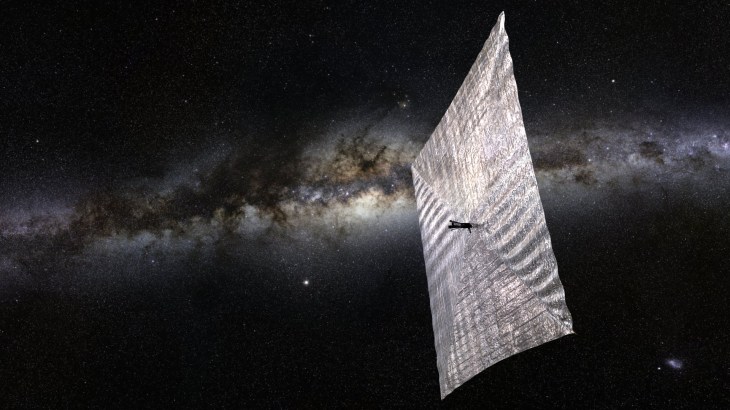Only 85,000 Euros (that's the opening bid). But hey, it comes with the receiver pictured on the right. I guess that's so you can listen to the beeps. Here's the description:
---------------
Laboratory Test Model of "Sputnik 1 EMC/EMI", 1957
1:1 scale test model of the satellite "Sputnik-1", serial no. "0K6-1/004/1957", with built-in transmitter (including modern 12-volt power supply), polished stainless-steel sphere, consisting of two threaded hemispheres of approx. 23 in. diameter with two pairs of antennae of 95 in. and 105 in. at an angle of 35 degrees to the axis, on stand with O-ring, stand approx. 59 in. high, stand and model together approx. 79 in. high, accompanied by a Tesla Maj 620A radio receiver, manufactured in Prague c. 1956, restored working condition, including replacement of the silver-zinc battery with a modern alternative and a new metal casing for the electronic transmitter. Note: Built at the Experimental Design Bureau-1 (OK?-1/OKB-1) factory, also known as S.P. Korolev Rocket and Space Corporation Energia, Koroljow, Soviet Union, in 1957, shortly before the launch of Sputnik-1. - An impressive artefact from the dawn of the space age, of which few models are known. - Provenance: From the collection of Dr. Frank Malina, USA/CSSR.
Start Price: EUR 85.000
---------------------------
I'm a bit suspicious of the "modern 12-volt power supply," the "modern alternative" battery and the "new metal casing for the electronic transmitter."
Here's the link to the auction:
https://www.the-saleroom.com/en-gb/auction-catalogues/auction-team-breker/catalogue-id-breker10030/lot-9c87007d-f0ff-4414-9663-adc200690819
Here's my suggestion: Musk or Bezos or Branson should buy this thing, fix it up a bit, and put it back in orbit. So we can listen to it again. I know a version of this was done back in 1997. But I think we should do it again, this time with the actual test model.
Here are the earlier SolderSmoke blog posts about Sputnik and Sputnik-related projects:
https://soldersmoke.blogspot.com/search?q=Sputnik
Steve Silverman sent the auction posting to me. Thanks Steve.
It just so happens that earlier in the week I was out at the Air and Space Museum facility near Dulles Airport, where I saw this flight backup of the Vanguard satellite:

































